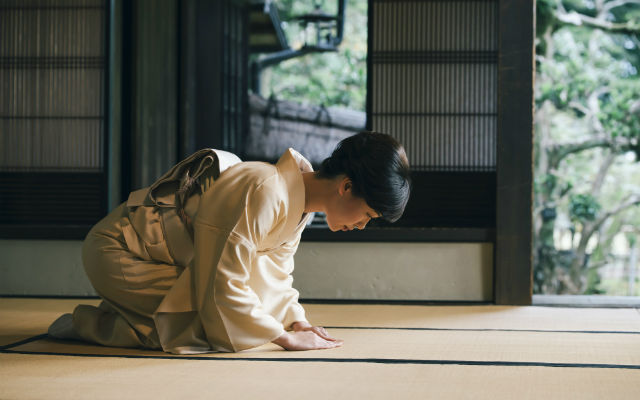
Source: kikuo / PIXTA(ピクスタ)
Twitter Thread Spells Out Small But Pleasant Surprise Conveniences Taken For Granted In Japan
- Source:
- kikuo / PIXTA(ピクスタ) / @mwichary
- Tags:
- convenience / Design / Hospitality / Japan / Omotenashi / Service / Society / Trains / Twitter
Related Article
-

Amazing Animal Crossing tanuki cookies are too cute to eat
-

Original Ghost In The Shell Film Returning To U.S. Theaters In February
-

Will Premium Friday Become Japan’s Solution To “Death By Overwork?”
-

Hokusai-Inspired Watch Is Seiko’s New, Lavish, Very Expensive Timepiece
-

Realistic Cat Head Rice Balls Are A Feline Masterpiece Of Onigiri Art
-

Mister Donut stores celebrate Halloween with a monster takeover


Japan is often lauded for its social custom of omotenashi, or sense of hospitality and concern towards customers. And while far from perfect (look no further than complaints about limitless bureaucracy and sometimes rigid manual-based formality), there's no doubt that the Japanese service industry is rooted in efforts towards streamlined convenience and a maximum quality experience for customers, even to the point of perhaps occasionally going overboard. But rather than more pronounced differences, it is often the small manifestations of this hospitality that make the biggest impact on visitors from overseas.
While many are small enough to go unnoticed, typographer and designer Marcin Wichary's recent trip to Japan has resulted in this Twitter thread full of observations of some mundane, but incredibly convenient pleasantries in Japan.
A rather simple distinction, but very helpful if you haven't gotten familiar with Japanese currency yet.
Not available in every station, but having the arriving position of your train car, as well as direction of ultimate directions and exits all visually illustrated for you can really save some time in the busier labyrinths of Tokyo's larger stations.
As well as recommendations on what seat to reserve.
No reason to juggle groceries and umbrellas while sorting out money.
Be mindful of calories while taking the stairs.
Then put them back one with riceballs that come with a 3 step instruction guide on how to open them correctly.
As most inns, staff will align your shoes for an easy departure.
Often found in restaurants, luggage containers to keep your goods from coming in contact with the ground.
Lately, railway companies have taken to PSA campaigns to encourage better train-riding etiquette.
And audio aides for vision-imparied people who need to use stairs and escalators. (Yellow Tactile Ground Surface Indicators are also available to help blind people find their way around public areas more smoothly.)
Of course, it wouldn't be fair to brand these considerations towards customers are uniquely Japanese, and it is very likely that Wichary's background in design allowed him to appreciate these accommodations in particular. However, the thread, which contains over 200 fascinating observations, illustrates a sensitivity towards intuitive interfaces, language assistance, and overall customer assistance that are often taken for granted in Japan. While it may not be the same of everyone's experience in Japan, Wichary's Twitter details the small considerations that often add up to an overall pleasant stay, even with something as simple as an elevator ride.